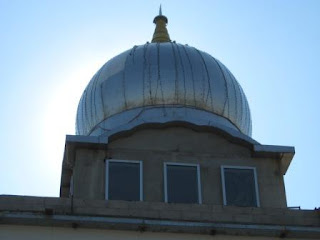Sometimes I ride through the Neighborhoods Where Women Don’t Ride Bicycles. Other times, my bikes take me through those places where no one over the age of sixteen or so mounts a saddle. But today, my ride included a neighborhood where, it seems, nobody rides a bicycle.
I usually pass through or near the neighborhood on my way to work. And, some years ago, when I was writing for a local newspaper, I used to go to the neighborhood’s local police precinct, community and school boards, and to various other offices and events in the community. And, every time, if I pedaled there, I was the only one on a bicycle.
What’s interesting is that it’s neither a poor ghetto nor one of those tony areas where kids get chauffeured to soccer practice and dance lessons. Rather, it’s a thoroughly working-to-middle class neighborhood where nearly all residents live with their families. Unlike Astoria, where I now live, there aren’t very many young single people or childless couples.
Although the cast, if you will, has changed, it’s still the same sort of neighborhood it was forty years ago. I know that because in those days, relatives of mine lived there. Then, most of the people in the neighborhood were Italian-Americans, like my relatives, or Irish- or German-Americans, and nearly everyone was Catholic. Most of the men were blue-collar union workers or self-employed, and most of the women stayed home to raise kids.
The only difference is that now, most of the people in the neighborhood are Sikhs or Indo-Caribbeans. On a summer day, sights like this are not uncommon:
But I’ve never, ever seen any Sikh or Indo-Caribbean on a bicycle, at least not in this area. Before they emigrated, many of the people rode bicycles for transportation or work. I guess that, for them, cycling still has that connotation. Where they come from, people ride bikes because they had little or no choice. It’s certainly not seen as a sport or recreational activity, and not something the educated do. I read somewhere that, in contrast, the majority of bicycle commuters in New York are college-educated.
If my hypothesis is correct, then the Indians and Indo-Caribbeans of Richmond Hill , where the men in turbans congregated, and neighboring Ozone Park are acting like past and present immigrants from countries where people’s bikes were beasts of burden and utilitarian in other ways.
I also can’t help but to wonder whether the bikes they rode turned them off of cycling. In the last bike shop that employed me, we saw a few Indian three-speeds, and I fixed a few of them. I take that back: Those bikes don’t get or stay fixed. They may be the worst bikes I ever encountered.






